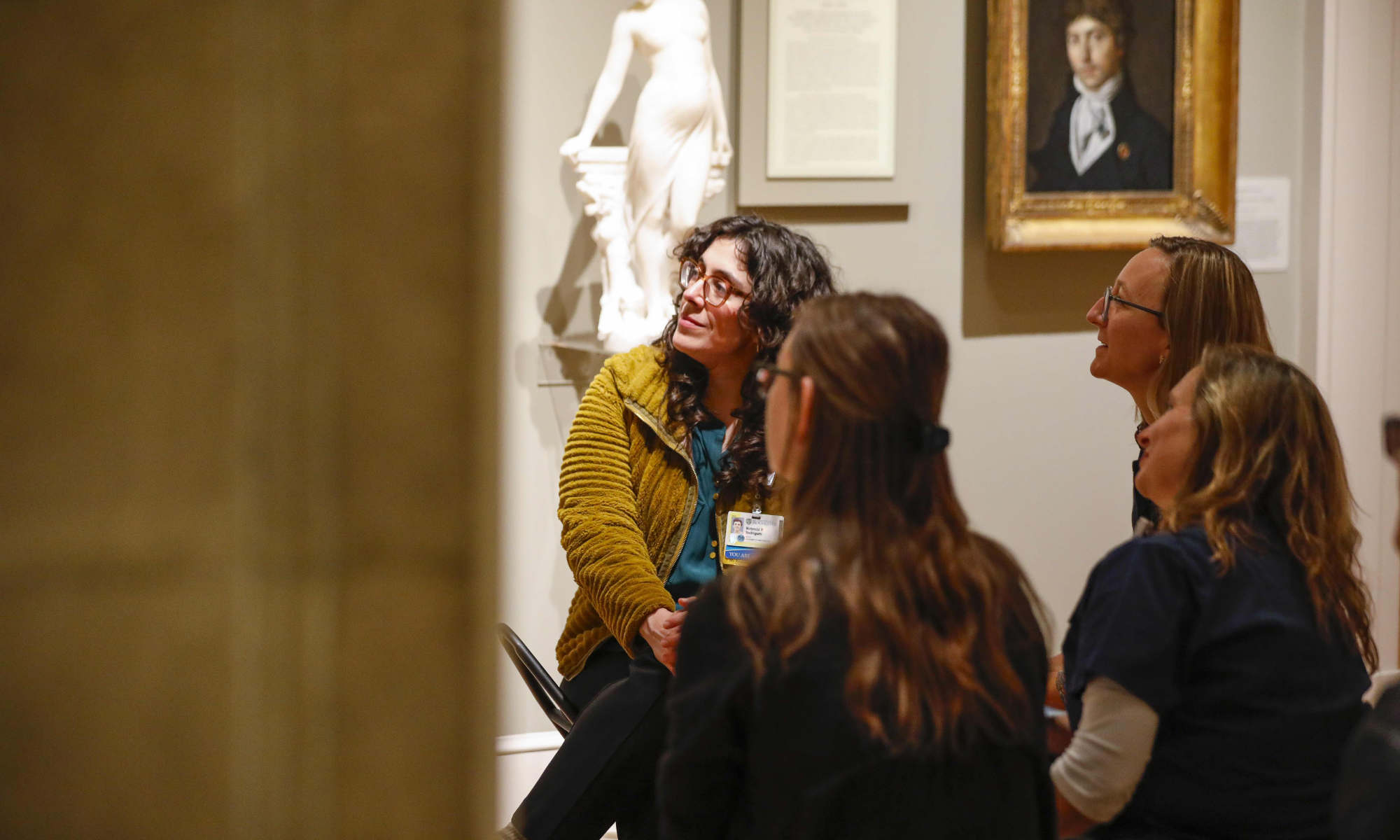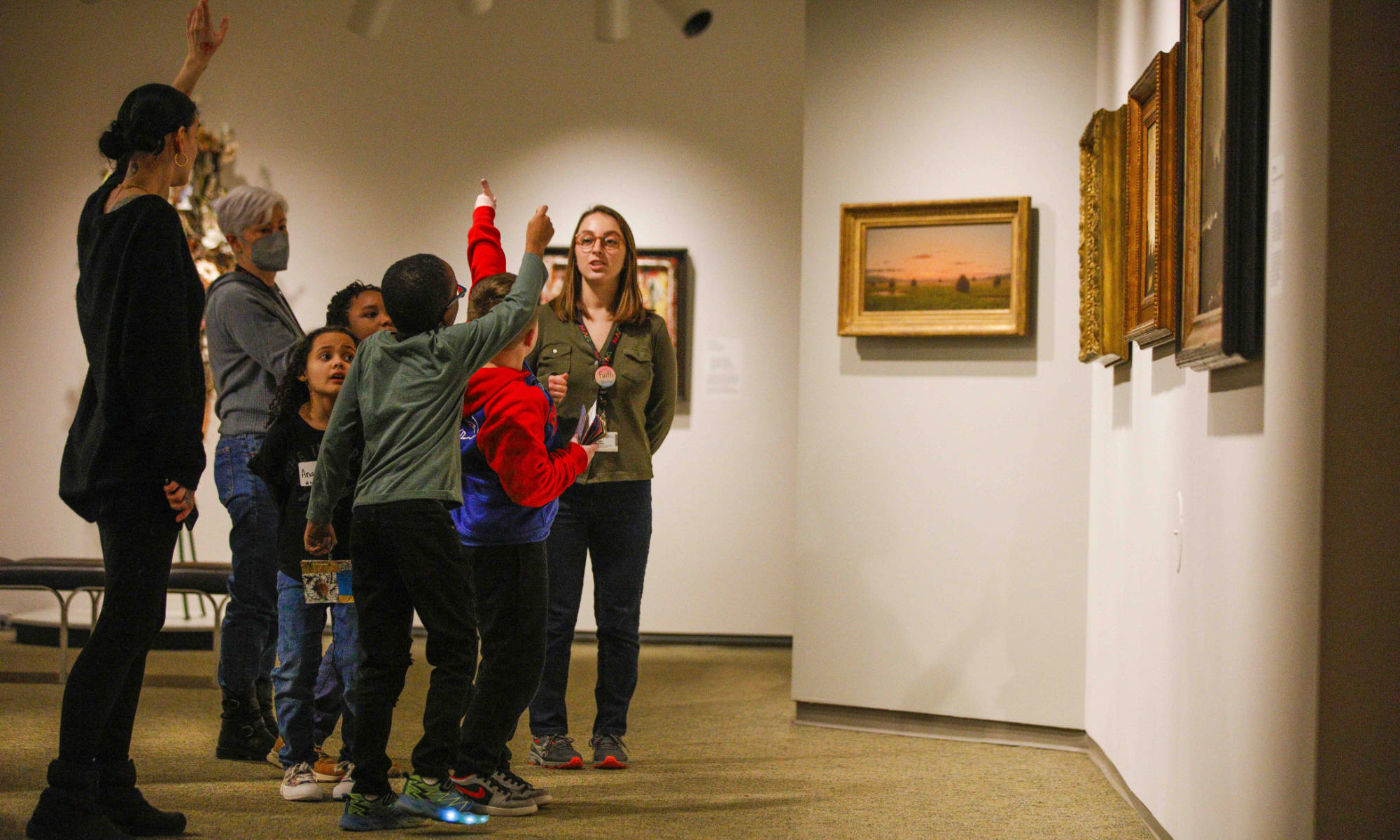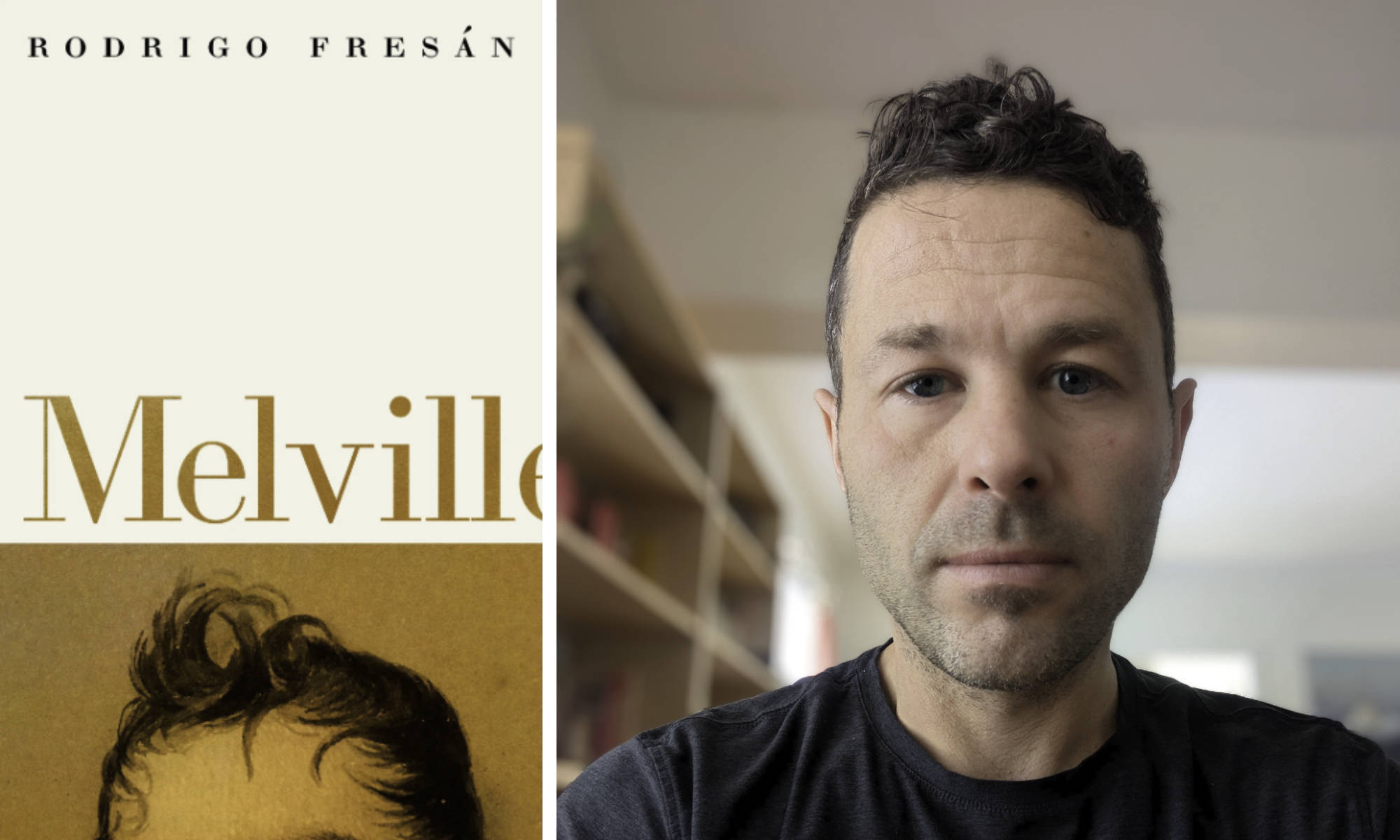Musicologist Cory Hunter identifies a notable contemporary shift in the century-old musical form.
Several of the most powerful and beloved voices in the history of American popular music got their start singing gospel. Aretha Franklin, the “queen of soul.” Donna Summer, the “queen of disco.” Little Richard, who played a profound role in the early development of rock and roll. Diana Ross, who as the leader of the Supremes, helped shape the “Motown Sound.” Mavis Staples, who never stopped singing gospel—and is a household name. And many more.
Gospel is a major American art form, with scholars and musicians generally pointing to the 1940s to the 1970s as its golden age. That period coincided with the peak decades of the Great Migration of African Americans from the South to the North; with the civil rights movement; and with the growth of the recording industry.
In recent decades, gospel music has continued to attract listeners and boasts several commercially successful artists with global followings. But the music has evolved as its top artists have sought to grow their audiences beyond the Black church-going communities who have traditionally been the primary consumers of gospel music.
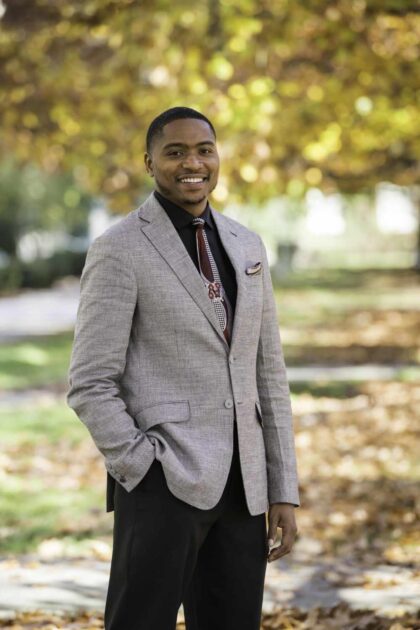
That evolution is the subject of research by scholar, minister, and gospel musician Cory Hunter ’06E. Hunter holds a joint appointment as an assistant professor of musicology at the University of Rochester’s Eastman School of Music as well as in the Arthur Satz Department of Music in the School of Arts & Sciences. Professor Hunter is also Reverend Hunter, affiliated with Aenon Missionary Baptist Church in Rochester, and an Eastman-trained vocalist and gospel choir director.
“African American gospel music has traditionally articulated the existential concerns of the African American community,” he writes in an article published earlier this year in The Musical Quarterly. Since roughly the turn of the new century, however, Hunter finds that “a theology of racial oneness” has come to pervade the music of some of gospel’s most visible and commercially successful Black artists. That theology holds that racial inclusion is God’s mandate even within the Black church—a call, in fact, to do away with racial associations or divisions within any Christian house of worship.
The shift Hunter identifies predates the election of Barack Obama as president, an event that seemed briefly to signify a turning point in the nation’s history of racial discrimination. It has persisted through the Black Lives Matter movement, now almost a decade old.
The persistence of racial oneness theology in recent times is surprising, Hunter says, only if one has been immersed entirely in secular society. Hunter, who is a critic of racial-oneness theology in gospel music, finds part of the explanation for the theology in changes within the Black church going back decades. Those changes include a greater emphasis on individual responsibility and uplift than prior to, and during, the civil rights movement.
There’s an economic explanation, too. Racial-oneness theology, by appealing beyond Black audiences, enables Black artists to achieve greater commercial success than they would relying on traditional gospel themes.
Or does it? It seems intuitive—and yet Hunter finds evidence that undercuts that assumption.
Hunter: an upbringing steeped in music and the Black church
Hunter grew up steeped in music and the Black church. He calls the church of his youth “Baptist, then ‘Bapticostal,’ then non-denominational”—a familiar trajectory in the recent evolution of American Protestantism.
His talent for singing was apparent at an early age. In New York City, where he spent part of his youth, he auditioned successfully for the Boys Choir of Harlem. “I didn’t know what the Boys Choir of Harlem was, but I knew it was a big deal,” Hunter says. “Of course, I was nervous out of my mind.”
As a member of what was then a world-renowned choir (it disbanded in 2007) he traveled across North America and Europe, performing with the group on prestigious stages and on TV. In Charlotte, North Carolina, where his family later moved, he attended the city’s Northwest School of the Arts, a magnet school where he dabbled in musical theater as well as acting. After high school, he decided to pursue formal vocal training and headed to Eastman.
For a time, he wanted to sing opera, the focus of the voice program at Eastman and at most university music schools. But there was a part of him, he says, that thought, “I don’t know if I’m really called to this genre, because it didn’t always make me feel at home.”
He did feel called to preach—and had the voice, stage presence, and intellect to pursue the vocation formally. After Eastman, he entered Yale Divinity School, which he chose for its Institute of Sacred Music. “I didn’t want to go full throttle into divinity, because I still had that musical side I wanted to pursue,” he says. “I felt like there was the best place where I could do both.”
He sang gospel in New Haven churches. Meanwhile, during weekly music colloquia at the Institute of Sacred Music, he noticed there wasn’t much attention paid to gospel. In fact, there wasn’t much scholarship on it. “I saw there was a gap in the literature that I could help rectify,” he says. After completing his master of divinity degree, he entered the doctoral program in music at Princeton.
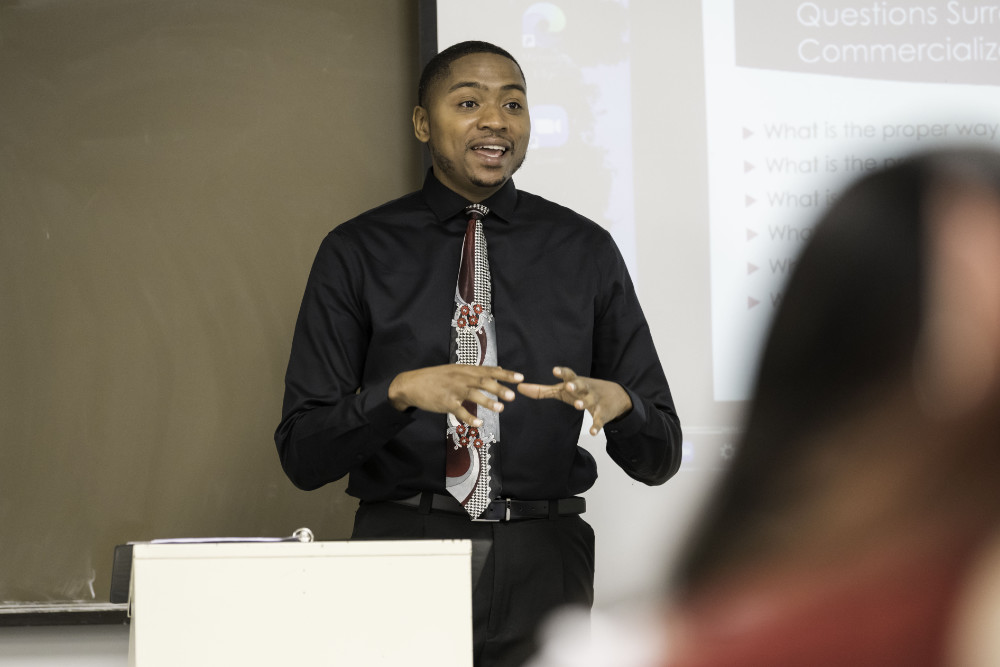
The rise of racial-oneness theology in Black gospel music
Hunter’s recent article grows out of a portion of his Princeton dissertation, a study that dealt with a broader set of changes in gospel music. In both, he argues that the rise of racial-oneness theology in gospel came about gradually and then accelerated around 2000, when it became the subject of entire albums by some of the genre’s best known and most commercially successful Black artists. Hunter cites several examples: Kirk Franklin’s Kirk Franklin Presents 1NC (One Nation Crew) in 2000; Kurt Carr’s One Church in 2005; and Donnie McClurkin’s We All Are One and Israel Houghton’s The Power of One, both in 2009.
“Never before have this many high-selling gospel artists released music projects in such close temporal proximity (all within the first decade of the current century) representing the same theme of oneness,” Hunter writes.
In his dissertation, Hunter analyzed the works of all four artists, but in the Musical Quarterly focuses exclusively on McClurkin and Houghton. McClurkin, born in 1959, was raised in the world’s largest Black Pentecostal denomination. A pastor in Hempstead, New York, as well as a Grammy Award–winning artist, he reached a national audience with his own syndicated radio broadcast, The Donnie McClurkin Show. Houghton, born in 1971 as the biracial offspring of a white mother and a Black father, rose to fame with his 2004 album Live from Another Level. His cross-racial appeal grew when he became worship leader at Lakewood Church in Houston, the largest megachurch in the nation, led by white televangelist Joel Osteen.
McClurkin has been explicit in his rejection of traditional gospel themes. Hunter notes that following the release of We Are All One, the artist said: “I didn’t want anything on my latest offering, We All Are One, to reflect suffering or climbing up that mountain in the way to which traditional Black gospel is accustomed. I wanted to luxuriate in and celebrate the greatness of God.”
Houghton, Hunter notes, has described himself as a “Black kid who grew up in a white family in a Hispanic neighborhood.” His biracial background, combined with his insistence that he eschews all categories, has won him a reputation as an artist who has merged traditional Black gospel with the largely white category referred to as Christian contemporary. In doing so, his admirers argue, he has rendered both categories obsolete. Houghton, Hunter notes, has declared in radio interviews that his music “has no specific color or style to it.”
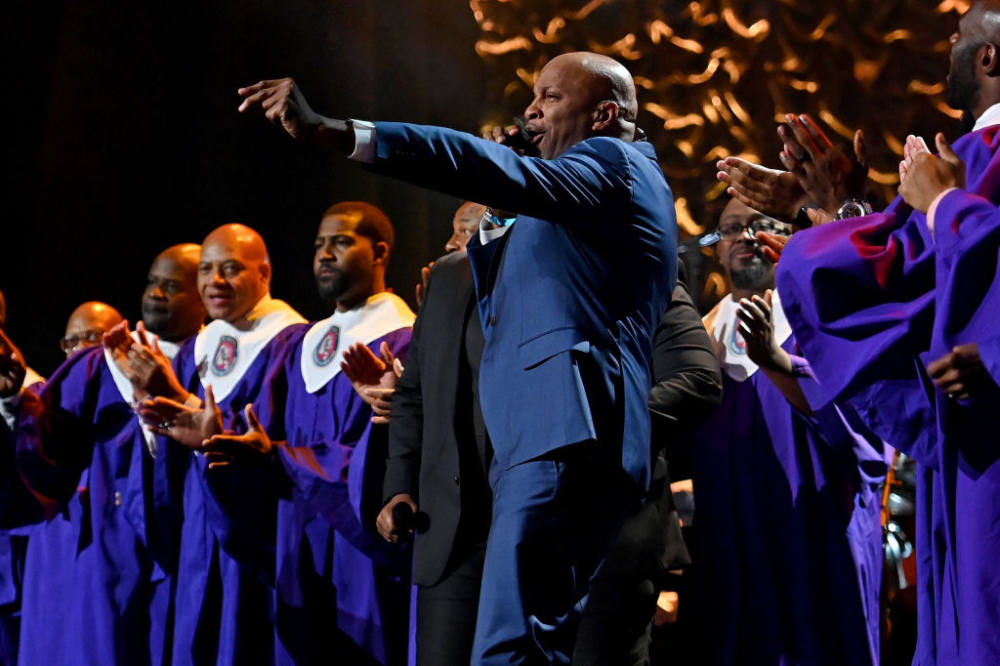
Hunter argues that the rise of the three interconnected movements—Pentecostalism, charismatic Christianity, and the megachurch—have all been central to the development of gospel’s racial-oneness theology. All three either arose or accelerated after the civil rights movement of the 1950s and 1960s in which the Black church was a central, and arguably the central force. Moreover, all have contributed to an unease in many contemporary Black churches, Hunter argues, with any discussion of systemic or structural racism.
“In many Black churches, people are uncomfortable with talk about systemic racism,” he says. “There’s a mindset that, ‘This is not for here; we’re talking about the Lord, and the goodness of God.’” In addition, Hunter notes that beginning roughly in the 1980s, Black churches warmed to the prosperity gospel. In stark contrast to the communitarian Christianity that propelled the civil rights movement, the individualistic prosperity gospel, rooted in white Pentecostalism, expresses the notion that God rewards the faithful with material wealth and good health. It’s an appeal to individual rather than community empowerment, Hunter argues—and obscures structural inequities.
The church of his youth was among those to come under the sway of this type of thinking. That’s one reason Hunter says he was a graduate student before he came to understand how structural forces can mete out social and economic power. Growing up, “it was never talked about in church,” he says. At Eastman in the early 2000s, where he and his classmates in vocal performance were immersed in practicing their art, “no one was talking about it.”
White message, Black sound, mixed results
As a musicologist, Hunter is in the business of recognizing sonic patterns and their origins and evolution. Despite the claims of McClurkin and Houghton to the contrary, Hunter finds in both a heavy reliance on Black musical traditions. McClurkin performs the title track of the We All Are One album with “the quintessential Black gospel tenor sound”—an array of timbres within a single song, from growls and rasps to full belting, Hunter writes. Moreover, he argues, McClurkin relies on the rhetorical cadences and phrases originated and honed among Black preachers in Black churches.
Houghton incorporates elements from around the globe liberally. But ultimately, Hunter argues, “deeper analytical engagement with Houghton’s music reveals that the oneness message fueling his work is undergirded by a stylistic approach that is heavily entrenched in African American musical and rhetorical traditions.” That approach includes the same variety in timbre that’s a signature of African American vocal tradition; a syncopated bass line and percussive patterns drawn from funk; and words and phrases from Black vernacular.
At first glance, it might seem as though McClurkin and Houghton are simply melding musical traditions—an ordinary practice in an interconnected world. But the sonic signatures of Black gospel were created in a particular historical context, infused with a particular meaning. “The rhetorical cadence of the Black preacher has historically been a sonic signifier of Black empowerment—from slavery to reconstruction, to the civil rights movement—and a mobilizing agent for social transformation,” he writes.
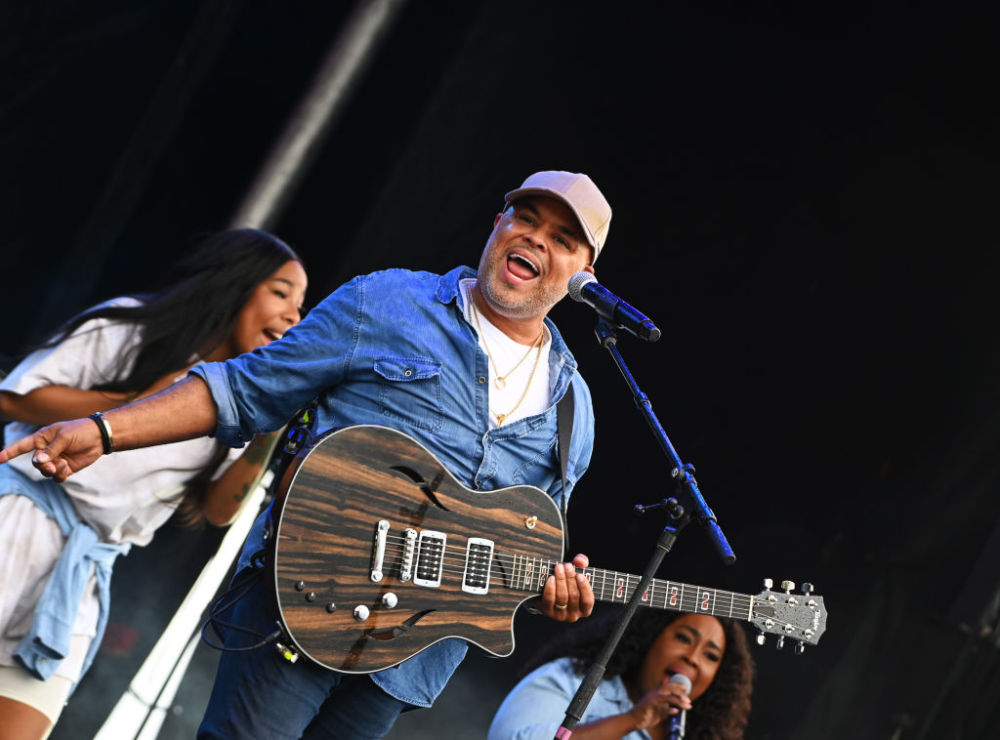
To take musical innovations that took shape in the context of racial oppression—and employ them, without acknowledging their roots, in music designed to elide racial division—“risks erasing gospel music’s Black roots,” Hunter says.
But if more fans and revenue are the goal, is the approach working?
Hunter suggests the evidence is mixed. Looking at albums released in the 2000s, when iPods and mp3 players, which encouraged the purchase of individual songs, were relatively new and album sales still a major means of purchasing music, Hunter makes some provocative findings.
As of the spring of 2018, McClurkin’s 2009 We Are All One had total sales of just under 150,000, while the most recent recording before that one—Psalms, Hymns, and Spiritual Songs, from 2005—has achieved Platinum status (sales of over one million). The spread of iPods and mp3 players grew substantially in the four years separating those two albums. Yet data from other, similar Black artists suggests that changes in the technology of music consumption cannot account for the stark decline in album sales among established gospel artists who turned to the theme of racial oneness. Among the eight albums Kirk Franklin released between 1993 and 2005, all but two achieved platinum status. Kirk Franklin and the Family Christmas, from 1995, reached gold (500,000 copies). The worst performing album was Kirk Franklin Presents 1NC (One Nation Crew), a 2000 release built around the theme of racial oneness that sold just over 300,000 copies. Franklin would resume his platinum status with his next two albums.
To explain what might seem counterintuitive, Hunter points to a perennial problem in the American popular music industry: Black artists face barriers in reaching a white marketplace, even when they tailor the music to that market. In attempting to break into the white Contemporary Christian music category, Black artists have not had access to the same promotional infrastructure as white ones.
Hunter ends with this frank assessment: “In their efforts to render conventional racial categories obsolete, artists like Israel Houghton and Donnie McClurkin re-inscribe Black particularity through their musical and rhetorical techniques, while leaving unacknowledged the potential of a Black sound and the Black church to facilitate the very racial and ethnic unity they so passionately advocate.”
Read more
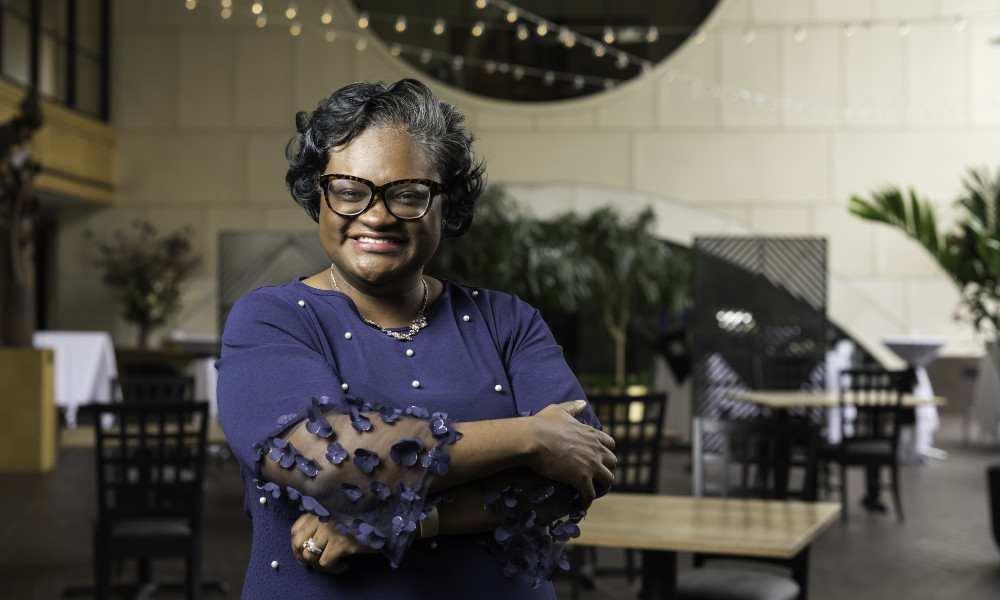 Crystal Sellers Battle, gospel expert, on equity and inclusion at Eastman
Crystal Sellers Battle, gospel expert, on equity and inclusion at Eastman
Battle, a singer and scholar, directs Eastman’s new George Walker Center for Equity and Inclusion in Music.
The Gateways Music Festival, with an orchestra composed entirely of professional classical musicians of African descent, deepens its partnership with the Eastman School of Music.
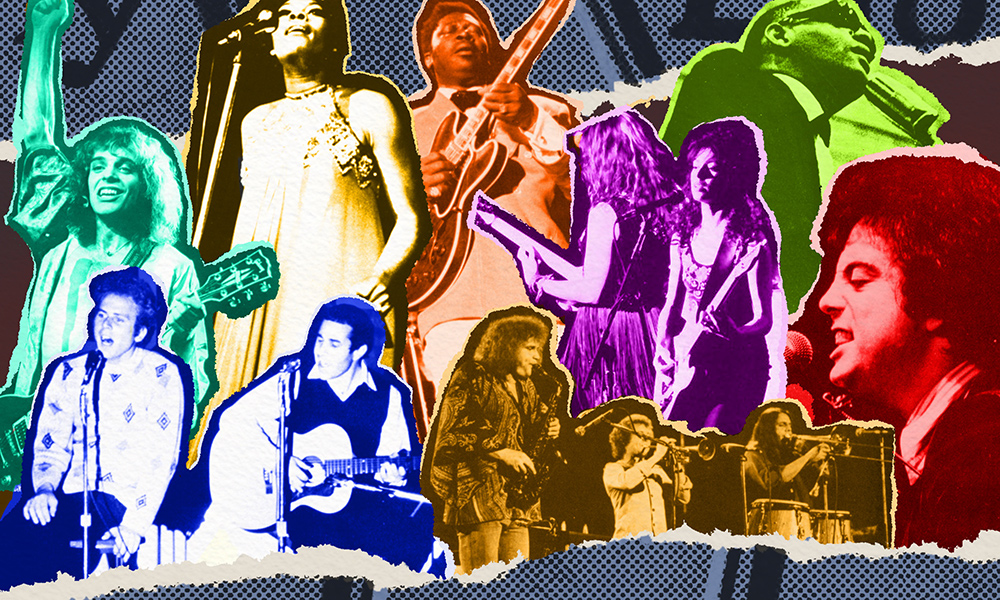 Rockin’ and rollin’ at the Palestra
Rockin’ and rollin’ at the Palestra
Musical giants from Ray Charles and the Grateful Dead to Bonnie Raitt and Bruce Springsteen have played at Rochester’s iconic gymnasium.


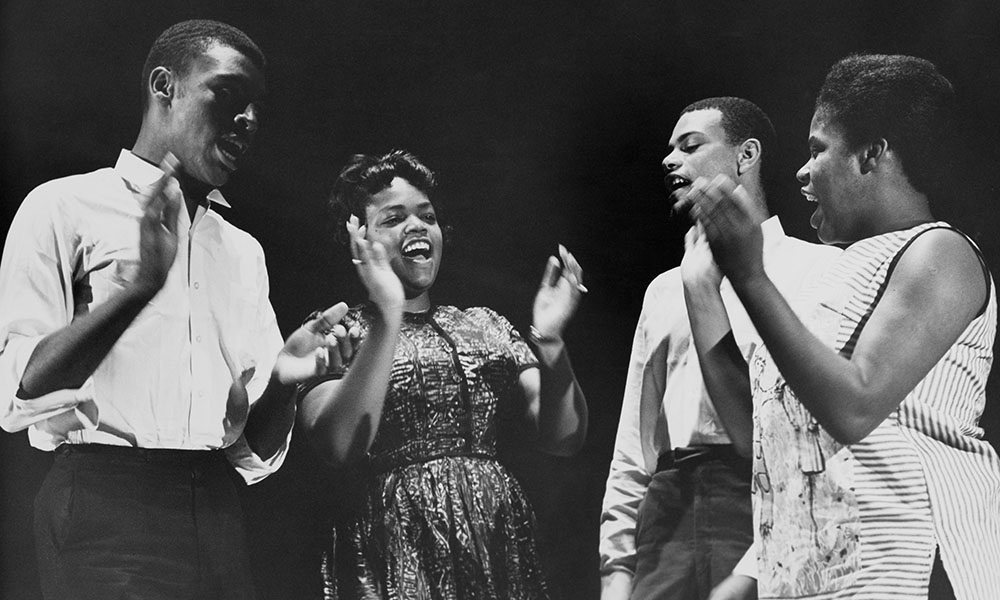
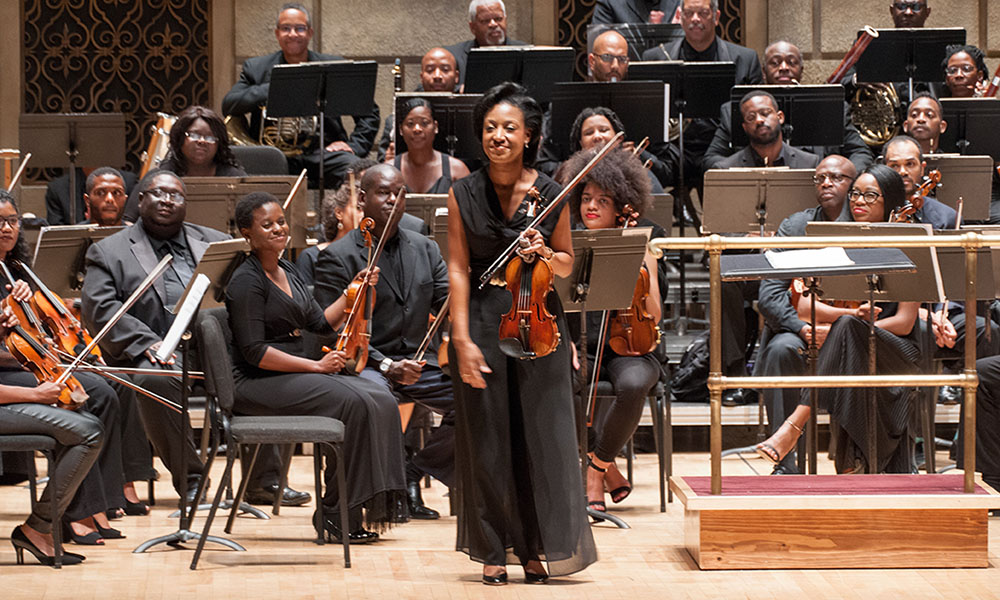 A musical feast
A musical feast